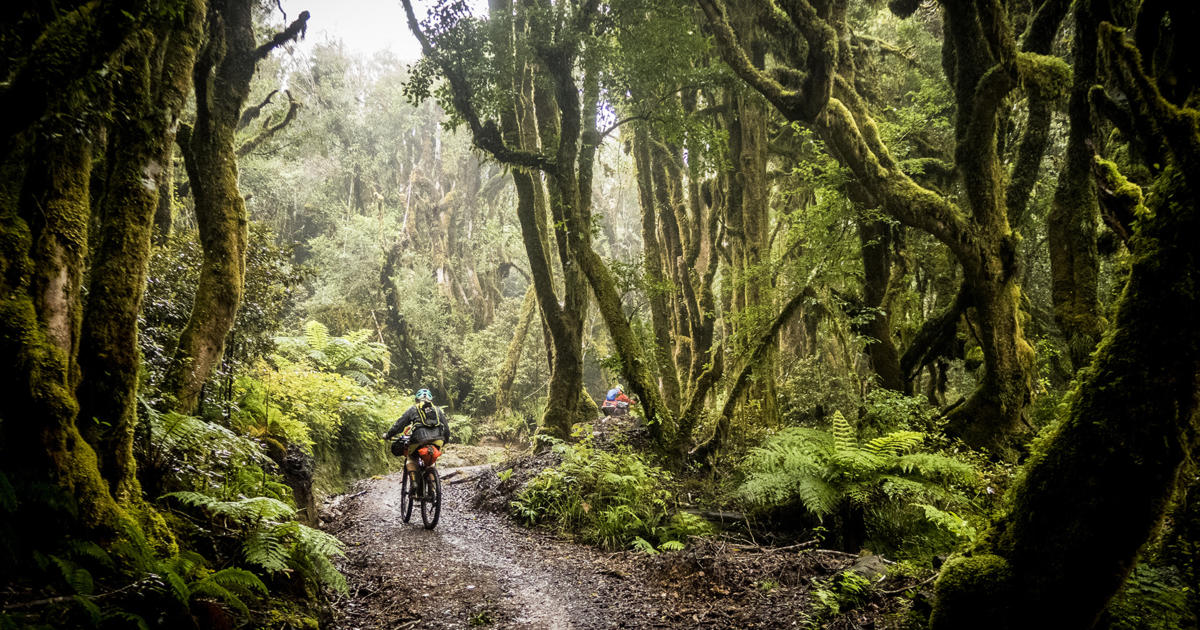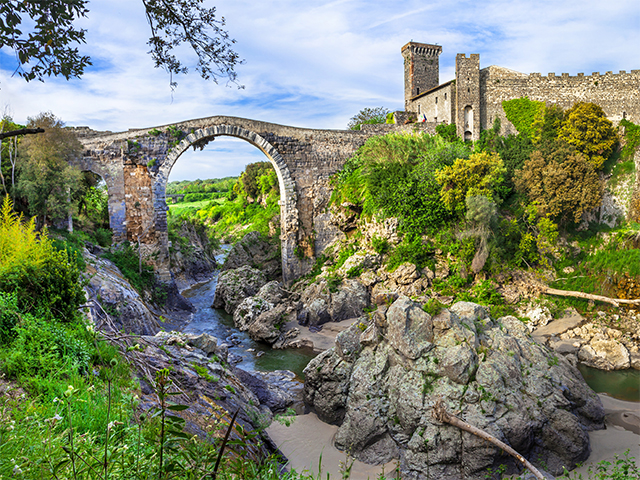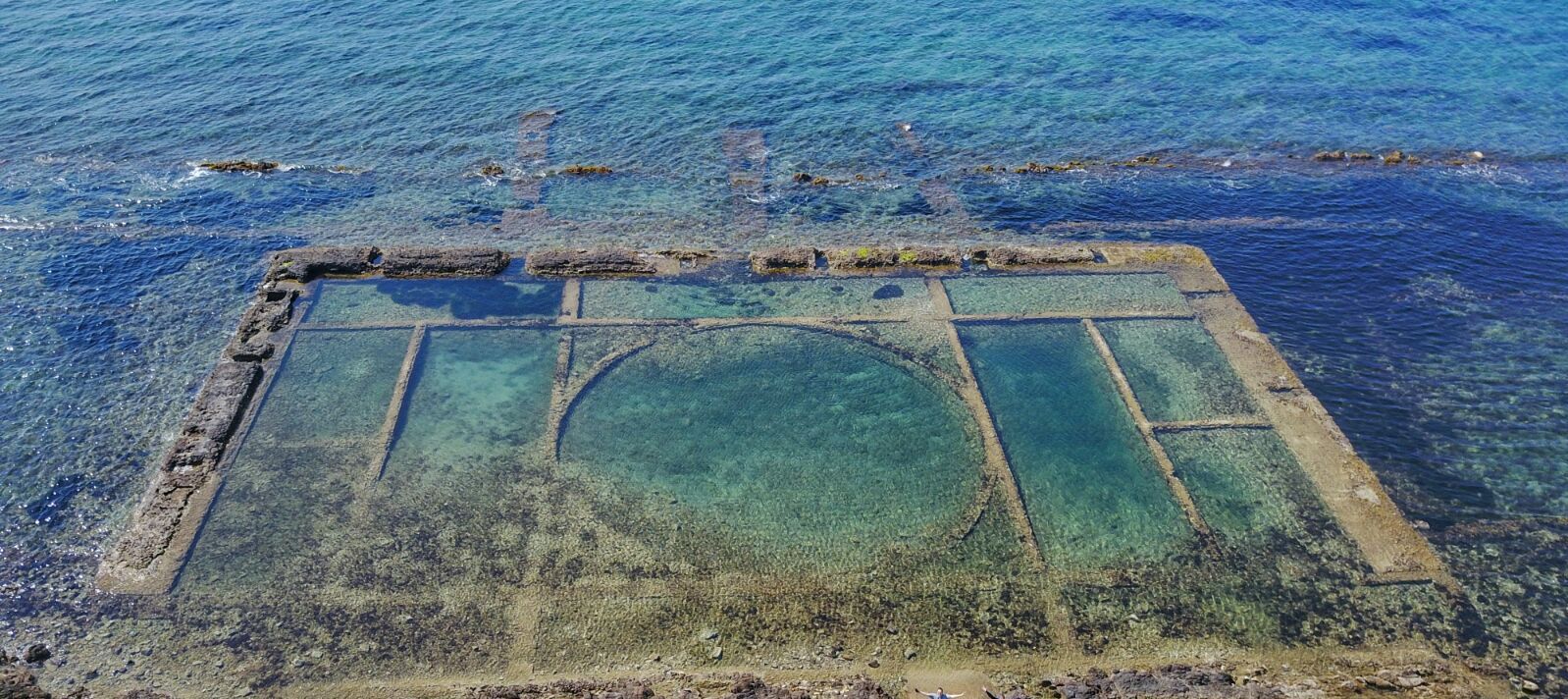The coastal stretch north west of Rome, in addition to the natural and landscape beauties and the many archeological parks (some protected by UNESCO) also retains a rich submerged archaeological heritage that surely deserves to be visited,valued and protected in the best way. This region is too rich of historical, archeological and natural beauties to be covered in few lines, so, in this article, I will only mention and refer to some of the less known ancient ruins dating back to the Etruscan and Roman times and only to those found directly on the sea, or underwater.
This coastal area is found in the region known as Southern Etruria, taking its name from the ancient people labeled as Etruscans. Their complex culture was centered on numerous city-states that rose during the Villanovan period in the ninth century BC, and they were very powerful during the Orientalizing Archaic periods (from the eighth to the fifth century BC). The Etruscans were a dominant culture in Italy surpassing other ancient Italic peoples and used to trade with the Greeks, Phoenicians, Egyptians and other ancient civilizations. Rome was influenced strongly by the Etruscans, with a series of Etruscan kings ruling at Rome until 509 BC when the last Etruscan king Lucius Tarquinius Superbus was removed from power and the Roman Republic was established. The Etruscans are credited with influencing Rome's architecture and ritual practice; it was under the Etruscan kings that important structures such as the Capitolium, Cloaca Maxima, and Via Sacra were realized.The Etruscan civilization was also responsible for much of the Greek culture imported into early Republican Rome, including the twelve Olympian gods, the growing of olives and grapes, the Latin alphabet (adapted from the Greek alphabet), and architecture like the arch, sewerage and drainage systems.
The ancient Etruscan port of Pyrgi, situated on the northwest coast of Rome, is of high interest. This port was the greatest commercial entry point during periods of Etruscan prosperity. Remains of its defensive walls exist in polygonal blocks of limestone and sandstone, neatly jointed. It contained rich temples whose vast ruins are still visible too. The world famous Pyrgi Tablets (dated c. 500 BCE), three golden plates containing texts in Phoenician and Etruscan languages, were found here in 1964. After being plundered by the Greeks in the 4th century BC, the Romans established a colony here from the 2nd century BC and later still it supplied fish to Rome and became a favorite summer resort. Its location is now occupied by the borough of Santa Severa which includes a small medieval village with a fascinating 9th-century castle facing the sea.
Recent Archeological expedition underwater revealed and registered the submerged portions of the port : the entrance routes and the docks.This stretch of sea has also returned Roman anchors, hundreds of vases, ancient boats exhibited in the local Museum along with other archaeological finds from the seabed.
Not far from there and from central Rome, there was the Roman harbor Centum-Cellae (today knows as Civitavecchia), constructed by the Emperor Trajan at the beginning of the 2nd century. The whole coastal area between Rome and Centumcellae used to be one of the most popular getaways during the Roman Empire, playing host to aristocrats, politicians and rich people like Pompey the Great, emperor Elagabalus, emperor Trajan, who had their huge villas built there accompanied by a series of vast structures (bath-houses, temples, gardens, fishing ponds, theaters, etc). Like other visitors, they spent much of their time relaxing in spas built over the hills natural hot springs or directly by the sea. Along the coast, the villas and streets were full of Roman hallmarks, like elaborate mosaics, classical statues, decorative and vast fish ponds, and central courtyards.
All of this was found on the the very important coast road Via Aurelia, a Roman road constructed in approximately 241 BC and later extended towards Nice, Toulon and Marseille as far as Arles, thus bringing the total length of this ancient Roman road (Aurelia - Julia-Augusta) to almost 600 miles (962 kilometers).
But that grandeur wasn’t destined to last forever. Just like the Roman Empire itself. The following centuries didn’t treat the Etruscan settlements and the Roman structures much better. In addition, their proximity with (more important) Rome drove the sights out of the public’s mind, and eventually, people forgot that they had ever existed.
This short introduction is to explain why this territory, within just a few miles of coastline between Rome and Civitavecchia, it preserves any kind of monument or archaeological site, a sort of small archeology manual.
Whether you choose to tour the many Etruscan Necropolis, the Roman settlements nearby, the local museums, the many castles and villas, or dive to its underwater archeological sites the whole area makes for an exciting experience. As the summer season approaches and the temperatures of our clear waters increase, I’d like to propose these new fun and educational underwater tours, to hunt for archeological remains which haven’t seen the light of day in millennia, making these long-lost sites absolutely fascinating. The tours and itineraries of these submerged sites have been widely tested during summer 2019 and 2020. So you can safety try the experience of observing the seabed and "visiting" archaeological sites immersed live, collecting unforgettable memories.
What’s more, the most important of the forgotten underwater ruins are easily accessible to snorkeling divers of all skill levels and could also be done with surface guided tours without the need to swim as they are partly visible from the ground and very well visible with your feet up to the knees. So, the next time you venture to Italy or on a cruise docking at Civitavecchia, port of call of Rome, you might want to add this unforgettable experience to your itinerary!
They are not the trendy locations, and not the first places you might think of when you consider a vacation in Rome or when you dock at Civitavecchia for a shore excursion, but they are beautiful destinations, and some of the sites we will explore can be considered the submerged archaeological area par excellence. In addition, the fact that these places are not full of visitors adds to their attractiveness, making them good places to encourage sustainable tourism.
This tour pulls you away from the crowded places. The massive over-tourism traffic experienced in Rome already full to capacity and the most popular beaches destinations in the area mobbed by vacationers during peak season, put heavy stress pressure on your potential visits, while these sites remain quite neglected by the most and you can benefit of visiting a less-touristed locations.
Furthermore, the advantages of these experiential eco-tours are manifold; they offer you the opportunity to discover and experience the natural environment in a respectful manner, and they also help people appreciate the archeological and marine heritage in a way that protects the environment and promotes conservation. All this history and all these cultures we have in this region left behind a remarkable array of archeological sites and ancient architecture that deserves preservation and appreciation. Unfortunately, the lack of visitors of these sites ends up being neglected attention by the local authorities and poorly cared for. The remarkable culture on display at these sites deserves to be celebrated and needs to be preserved.
If you ever consider diving to underwater ruins during your stay, drop me a line.






